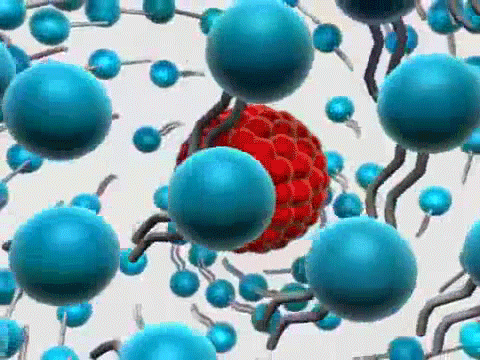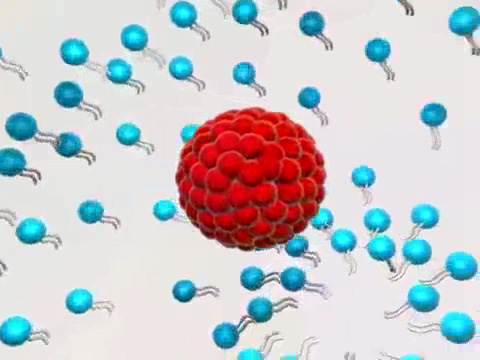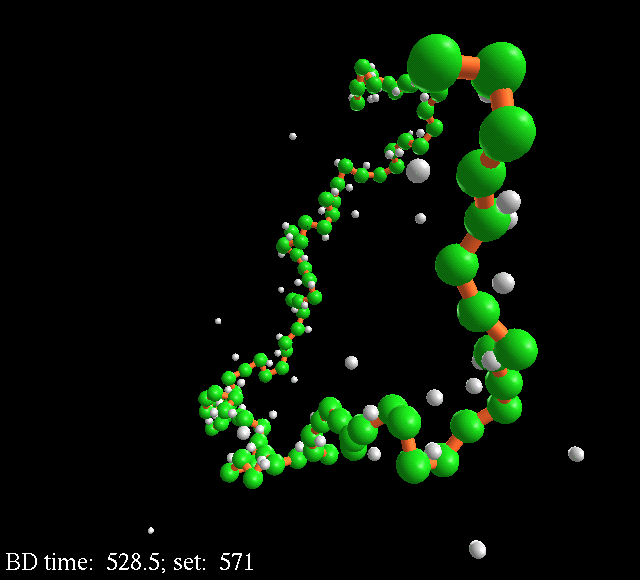Laboratory of Associating Polymers and Colloids
SURFACTANTS
Surfactant molecules contain hydrophilic and hydrophobic parts. Being dissolved in
water they spontaneously self-organize in order to minimize the contact of hydrophobic
groups with water. As a result various structures can be formed:
- spherical micelles,
- wormlike micelles (long micellar chains),
- lamellar,
- vesicles,
- liposomes etc.
The ability to tune self-assembly using external stimuli (e.g. temperature) or various
additives (e.g. salt or hydrophobic compounds) is of particular interest.
POLYMERS
Polymers are composed of long macromolecular chains consisting of many repeat units.
We are studying many kinds of polymers:
- polyelectrolytes,
- associating polymers,
- interpolymer complexes,
- polymer gels.
In addition to synthetic polymers we are investigating biopolymers including:
- polysaccharides (like chitosan, xantan or ritizan),
- DNA.
HYBRID SYSTEMS
Hybrid systems under study are surfactant or polymer networks with embedded
nanoparticles. Nanoparticles can be of different types: cylindrical aggregates of short
stiff polymer chains, nanotubes or nanoplatelets of clay, inorganic nanoparticles of silica
or iron oxide.
OBJECTS



